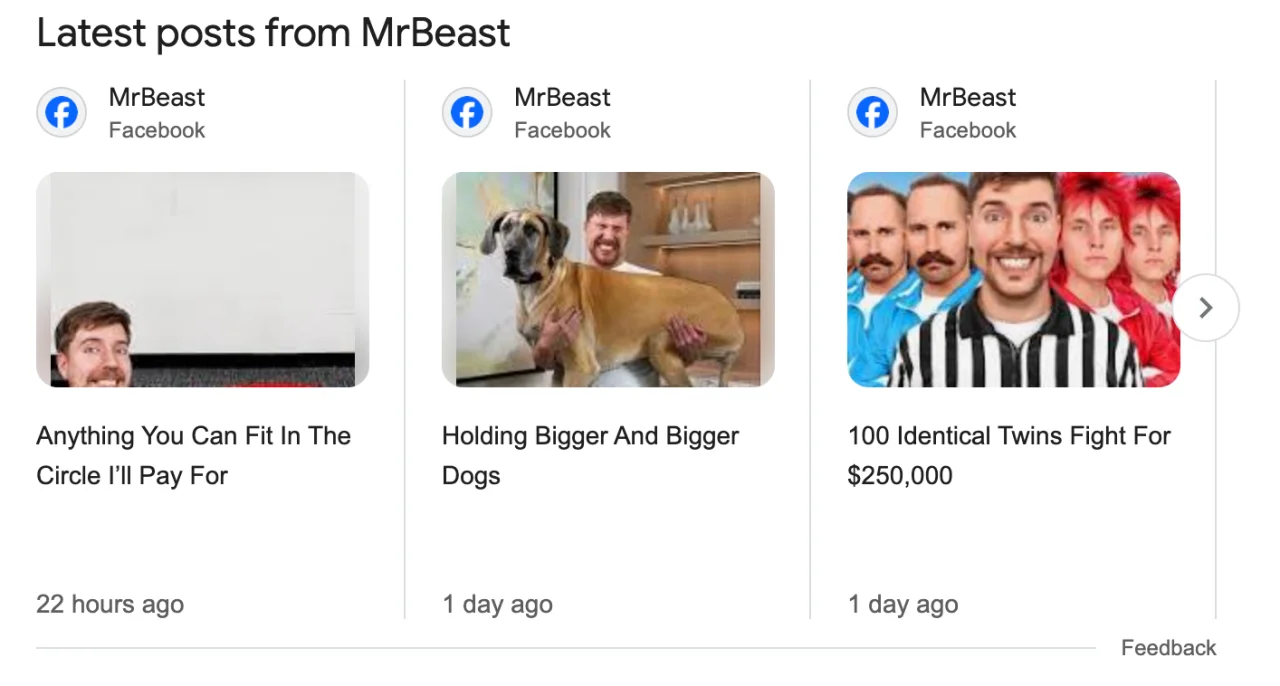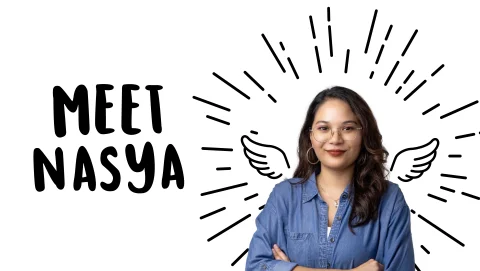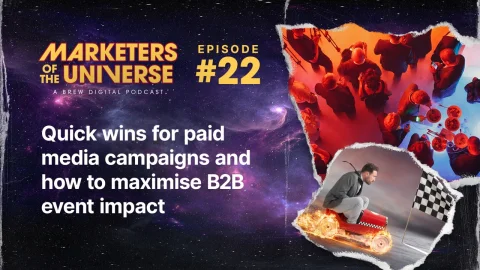Getting to grips with paid advertising can sometimes feel a bit like rocket science, can't it? It can certainly feel as expensive as launching rockets when you get it wrong! But fear not, we're here to demystify the process.
Before we get into our four handy tips, let's start with the most obvious yet crucial phase of any paid advertising campaign:
What are your goals?
Set clear objectives for your campaign. Make sure they're realistic; expecting an ad to both introduce your brand to a newcomer and convert them into a sales lead at the same time isn't realistic. Realistic goals will set you on the path to success.
Sometimes it’s better to take a week to make sure you have everything you need, rather than launching “on time” and then having to adjust on-the-fly. Take a moment to consider your strategy. This thoughtful approach can help you make the most of your advertising budget.
Now, let's explore four additional tips that might help you achieve that success.
Understand your audience's problems so that you can provide value upfront
If you take nothing else from this article, please make sure you do this. Seriously, don’t just skim over this step. Take the time to truly understand your audience. Step outside your brand's perspective to identify the issues your ideal customer faces and their daily frustrations.
Once you've pinpointed these challenges, you can begin addressing them. While your product or service might be the solution, it’s not always the best first step.
Think about the value you can offer potential customers before they even become customers. You're likely not the only option available, so they'll probably explore other choices before deciding. Offering value upfront can make a real difference. Consider your product or service and pinpoint that 'Aha!' moment—the instant someone realises it will make their life easier.
Aim to recreate that moment by providing something valuable that directly addresses your audience's problems. While you might not see immediate revenue from this approach, they'll remember how you helped them when it’s time to make a purchase.
Optimise and test your creative to avoid wasting money on underperforming ads
Paid social advertising isn’t a 'set it and forget it' channel. That approach is a sure way to waste money.
Be sure to develop a variety of creative variations. Try experimenting with different types of copy, such as human-focused versus text-focused, and explore formats like video versus static images. Every audience interacts and reacts differently, and while someone might have declared video as king, your audience might have a different preference. So, test, test, and test again.
Include four or five different creative variations when setting up your campaigns. These don’t need to be drastically different if you’re short on design resources; even a simple text change can make a difference.
Once you have multiple creatives running, let them run for a few weeks. Then, pause the least effective ones and introduce new creatives.
By constantly optimising your creatives, you ensure your campaigns improve daily. This means your spending is more efficient and you’re not wasting money on underperforming ads.
Identify internal influencers that can help your brand connect with prospective customers
How often have you heard the term 'influencers' in marketing? It’s not going anywhere, is it? The landscape has shifted a bit, though, and you no longer need to pay a celebrity a fortune for a short commercial.
Influence and influencers have evolved. According to LinkedIn, employee networks have ten times more connections than a company has followers. This means you might already have your own influencers within your business—and they might not even know it.
Encourage your employees to post on LinkedIn. Encourage them to create content that both you and they can share. Explore promoted ads like thought leader ads on LinkedIn to push your employee influencers in front of more of your audience.
LinkedIn reports that Thought Leader Ads have a 1.7x higher click-through rate and a 1.6x higher engagement rate than other single-image ads—a great way to maximise your budget. People trust people more than they trust brands. Putting your people at the forefront of your paid social strategy can make your brand more relatable and trustworthy.
In a world where trust is eroding faster than X’s market value, having a trustworthy influencer on your team can help you stand out against competitors.
Create content that is native to the platform so that your brand stays front of mind when customers come to buy
Every social channel is unique. Don’t just copy content from one platform to another without considering the context. By tailoring your content to each platform, you increase your chances of success.
Platforms don’t want to send people away anymore, and users typically give you only 2-3 seconds of their time when viewing your ad. So, think about how you can stop the scroll on a specific platform. How can you engage users quickly and memorably? It’s also cheaper to optimise for impressions or video views than to drive users to convert on your website, making your budget go further.
Take a leaf out of MrBeast’s book. He uses the first few seconds of a video or lines of a post to hook the reader with an intriguing promise. Then, he delivers on that promise by the end of the content, making it memorable and encouraging longer engagement.
By creating memorable content that keeps people on the platform, you’re more likely to be remembered, which is increasingly important for brands—especially in B2B.
Did you know, according to LinkedIn, 81% of the time, businesses choose the brand they already knew before the buying process even started—regardless of whether it was the best product?
In B2B, engaging people on the platform, building brand awareness, and offering value is more important than ever. Once you’re doing this, you can rest assured that when it’s time to buy, your brand is top of mind for the purchasing committee.
Need a fresh perspective on your paid media performance? Book a paid media audit.








